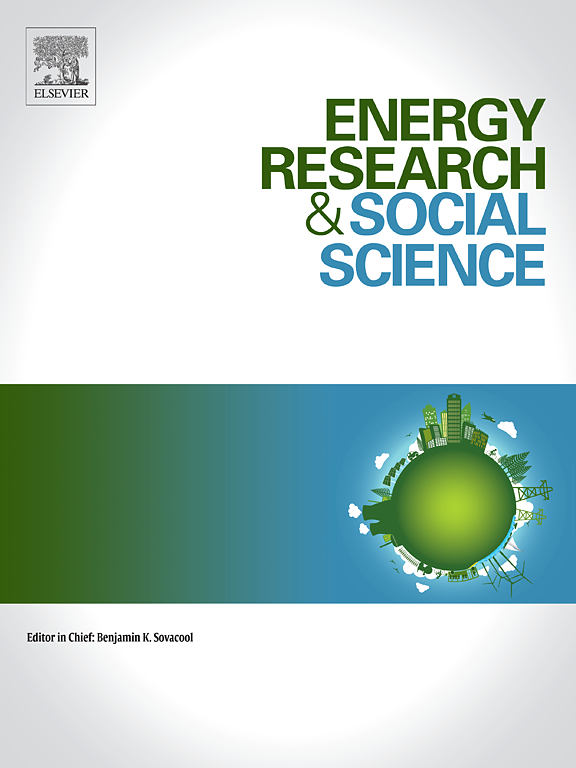Diagnostic surveys conducted in the mountain district of Lushoto, Northeastern Tanzania revealed a decline in banana (Musa spp.) production largely attributed to deteriorating soil health, soil erosion, low adoption of proven banana technologies, and at least partially, due to a lack of innovative scaling out approaches. Further, most farmers were not practicing soil and water conservation (SWC) because it is labor intensive. Focus group discussions and key informant interviews established that improved tomato (Lycopersicon esculentum), cabbage (Brassica spp.) and banana germplasm were the three most preferred technologies, and hence were considered important entry points. The uptake of these technologies was however different. Banana uptake was slowest because of the high cost of planting material. Limited planting materials were supplied by the African Highland Initiative (AHI) for multiplication using primary schools and farmer research groups. Improved banana technology was linked to SWC technologies that included stabilizing the soil by fodder species and increased manure from well-fed livestock to address the multiple constraints of erosion and declining soil fertility. In this paper, entry points refer to interventions addressing priority needs as identified by farmers, while linked technologies refer to integrated, complementary technologies that holistically address multiple constraints, leading to multiple benefits. Results show that in Lushoto, for example, the increase in farmers adopting improved banana germplasm from the original adopters, who were in direct contact with researchers, was about 1,125% within two years. The study shows that the use of innovative scaling out approaches increases the adoption of technologies that appear expensive and less attractive to farmers
DOI:
https://doi.org/10.17660/ActaHortic.2010.879.87
Altmetric score:
Dimensions Citation Count:
























